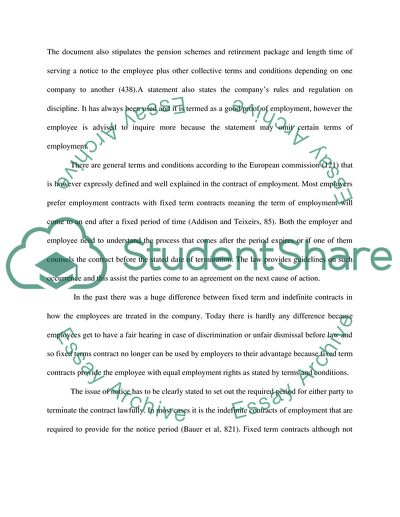Cite this document
(“Employment Law: How To Manage The Workforce Essay”, n.d.)
Employment Law: How To Manage The Workforce Essay. Retrieved from https://studentshare.org/law/1619036-employment-law
Employment Law: How To Manage The Workforce Essay. Retrieved from https://studentshare.org/law/1619036-employment-law
(Employment Law: How To Manage The Workforce Essay)
Employment Law: How To Manage The Workforce Essay. https://studentshare.org/law/1619036-employment-law.
Employment Law: How To Manage The Workforce Essay. https://studentshare.org/law/1619036-employment-law.
“Employment Law: How To Manage The Workforce Essay”, n.d. https://studentshare.org/law/1619036-employment-law.


